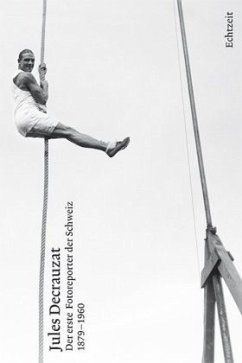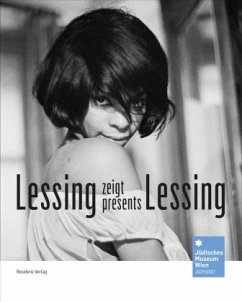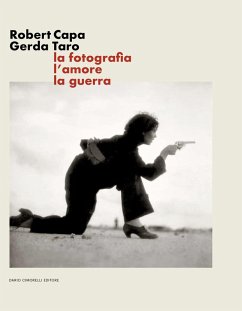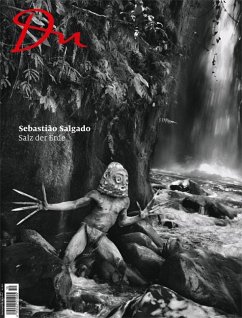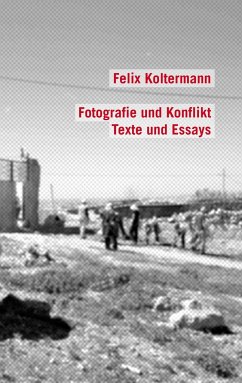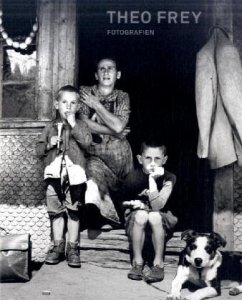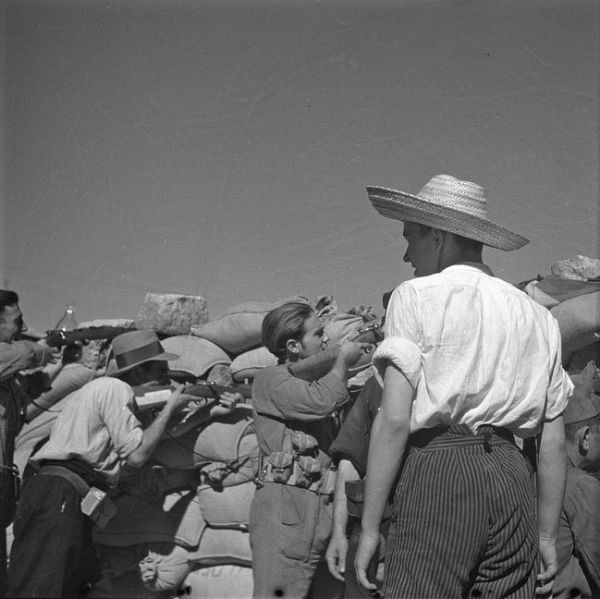
Gerda Taro - with Robert Capa as Photojournalist in the Spanish Civil War
Versandkostenfrei!
Versandfertig in 2-4 Wochen
59,00 €
inkl. MwSt.

PAYBACK Punkte
0 °P sammeln!
Paris in the summer of 1937. A giant funeral processionwends its way from the city center eastwardtoward the Père-Lachaise Cemetery, accompaniedby the sounds of Chopin's funeralmarch. The photojournalist Gerda Taro had beenkilled in the Spanish Civil War a few days earlier.Thousands come to pay their last respects to theémigrée from Hitler's Germany. The poet LouisAragon speaks at the graveside, young girls holdup a large portrait of the deceased. Why did theFrench Communist Party honor a foreigner - onewho was not even a member of the Party - witha "first-class" burial?Ernest Hemingway is ...
Paris in the summer of 1937. A giant funeral procession
wends its way from the city center eastward
toward the Père-Lachaise Cemetery, accompanied
by the sounds of Chopin's funeral
march. The photojournalist Gerda Taro had been
killed in the Spanish Civil War a few days earlier.
Thousands come to pay their last respects to the
émigrée from Hitler's Germany. The poet Louis
Aragon speaks at the graveside, young girls hold
up a large portrait of the deceased. Why did the
French Communist Party honor a foreigner - one
who was not even a member of the Party - with
a "first-class" burial?
Ernest Hemingway is said to have found Gerda
Taro while searching for "better Germans",
the term he used to describe Germans fighting
on the Republican side in the Spanish Civil War.
Taro is today considered one of the path-breaking
pioneers of photography. She captured some
of the most dramatic and widely published images
of the Spanish Civil War and was the first
female photographer to shoot images in the
midst of battle. Her willingness to work close to
the fighting set new standards for war photography
and ultimately cost her her life. Taro stands
alongside early twentieth century war photographers
like Robert Capa and David "Chim" Seymour.
Her death, the first fatality during war coverage,
garnered worldwide attention. She had
broken new ground, as a woman and as a photographer.
Despite this, Gerda Taro has largely fallen into
oblivion, especially in comparison to her colleague
and partner Robert Capa. Whether gender
and religion played a role in this would require
a separate investigation. In any case, in her
study of women resisting fascism, Ingrid Strobl
reaches the conclusion that a combination such
as woman-Communist-Jew represented a threefold
stigma, and would almost guarantee Taro's
exclusion from official history, both in the East
and the West.
It has been almost twenty years since the first
biography of Gerda Taro, written by Irme Schaber,
led to Taro's rediscovery as a photographer.
Since that time, the discovery of the "Mexican
Suitcase", containing more than 800 of her photos,
has made new research on Taro possible.
In this new, fully revised biography, Irme Schaber
presents groundbreaking insights regarding
cameras, copyrights and the circumstances surrounding
Taro's death.
wends its way from the city center eastward
toward the Père-Lachaise Cemetery, accompanied
by the sounds of Chopin's funeral
march. The photojournalist Gerda Taro had been
killed in the Spanish Civil War a few days earlier.
Thousands come to pay their last respects to the
émigrée from Hitler's Germany. The poet Louis
Aragon speaks at the graveside, young girls hold
up a large portrait of the deceased. Why did the
French Communist Party honor a foreigner - one
who was not even a member of the Party - with
a "first-class" burial?
Ernest Hemingway is said to have found Gerda
Taro while searching for "better Germans",
the term he used to describe Germans fighting
on the Republican side in the Spanish Civil War.
Taro is today considered one of the path-breaking
pioneers of photography. She captured some
of the most dramatic and widely published images
of the Spanish Civil War and was the first
female photographer to shoot images in the
midst of battle. Her willingness to work close to
the fighting set new standards for war photography
and ultimately cost her her life. Taro stands
alongside early twentieth century war photographers
like Robert Capa and David "Chim" Seymour.
Her death, the first fatality during war coverage,
garnered worldwide attention. She had
broken new ground, as a woman and as a photographer.
Despite this, Gerda Taro has largely fallen into
oblivion, especially in comparison to her colleague
and partner Robert Capa. Whether gender
and religion played a role in this would require
a separate investigation. In any case, in her
study of women resisting fascism, Ingrid Strobl
reaches the conclusion that a combination such
as woman-Communist-Jew represented a threefold
stigma, and would almost guarantee Taro's
exclusion from official history, both in the East
and the West.
It has been almost twenty years since the first
biography of Gerda Taro, written by Irme Schaber,
led to Taro's rediscovery as a photographer.
Since that time, the discovery of the "Mexican
Suitcase", containing more than 800 of her photos,
has made new research on Taro possible.
In this new, fully revised biography, Irme Schaber
presents groundbreaking insights regarding
cameras, copyrights and the circumstances surrounding
Taro's death.
Dieser Artikel kann nur an eine deutsche Lieferadresse ausgeliefert werden.





